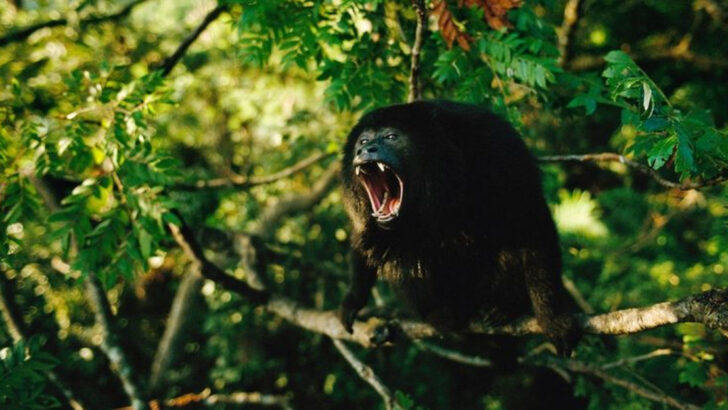Some animals don’t just speak — they scream.
We’re talking eardrum-rattling, bone-shaking, miles-away kind of noise. Whales that roar underwater. Monkeys that sound like broken car alarms. Bugs that could wake the dead.
But for every loudmouth in nature, there’s a silent stalker hiding in the shadows.
These are the creatures that creep, sneak, and pounce without a whisper. No warnings. No noise. Just cold precision and a very bad day for their prey.
From howlers to hush-hush hunters, these animals rule both ends of the volume dial — and they’re far from ordinary.
Blue Whale
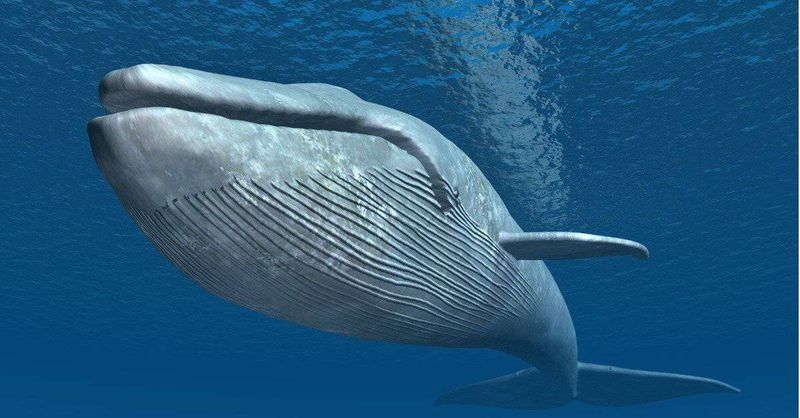
The blue whale, the largest creature on Earth, is also the loudest. Its calls can reach up to 188 decibels, louder than a jet engine. These vocalizations travel great distances underwater, serving as a communication tool in the vast ocean.
Despite their size, blue whales have a gentle nature, gliding gracefully through the water. Observing one in the wild is a breathtaking experience, highlighting the power and beauty of nature.
Did you know? These ocean giants use their immense size and powerful calls to communicate with each other across hundreds of miles.
Tiger Pistol Shrimp
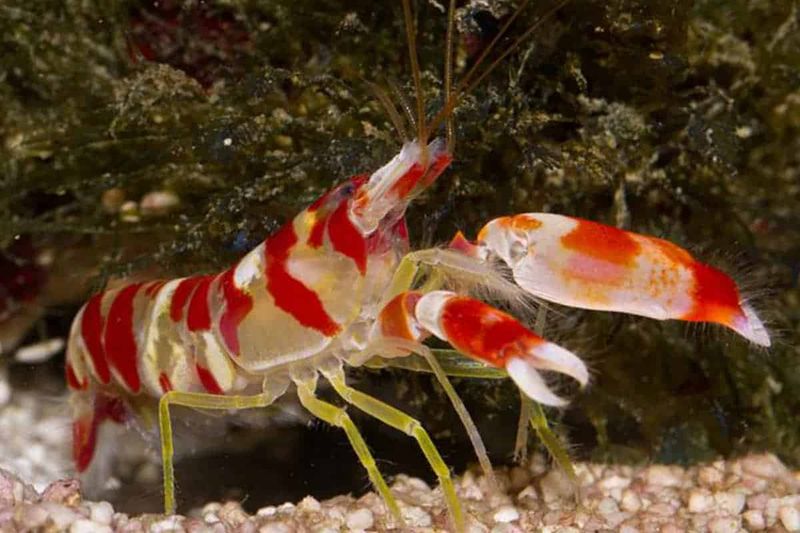
The tiger pistol shrimp is a tiny marine marvel with a mighty snap. Its claw generates a sound reaching 218 decibels, louder than a gunshot. This noise is used to stun prey, a remarkable adaptation for survival.
Living in coral reefs, this shrimp is a master of its domain. Its snapping sound is part of its daily life, a constant reminder of nature’s ingenuity.
This fascinating creature is a testament to the surprises the underwater world holds. Despite its size, the tiger pistol shrimp leaves a lasting impression with its explosive abilities.
Howler Monkey
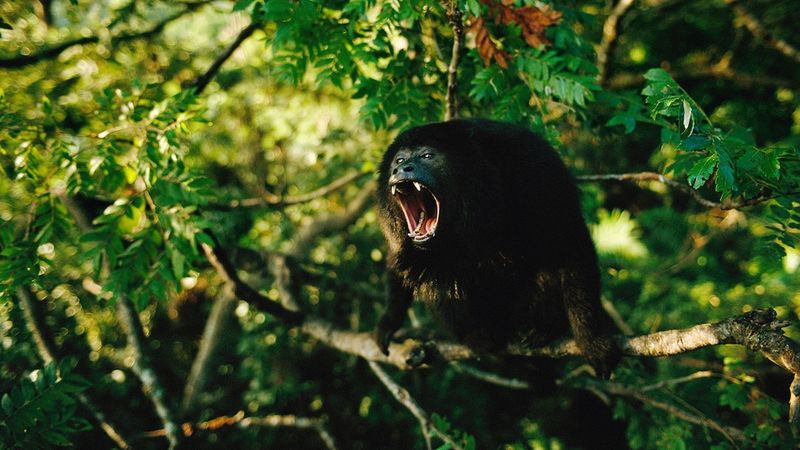
In the lush canopies of Central and South America, the howler monkey reigns as the loudest land animal. Its calls can be heard from three miles away, echoing through the jungle.
These vocalizations are crucial for maintaining territory and social bonds within the troop. The howler monkey’s booming voice is iconic, a symbol of the vibrant life within the rainforest.
Despite their loud nature, these monkeys are often found lounging in trees, living a leisurely life. Their calls are a daily symphony, adding rhythm to the jungle’s ambiance.
Elephant
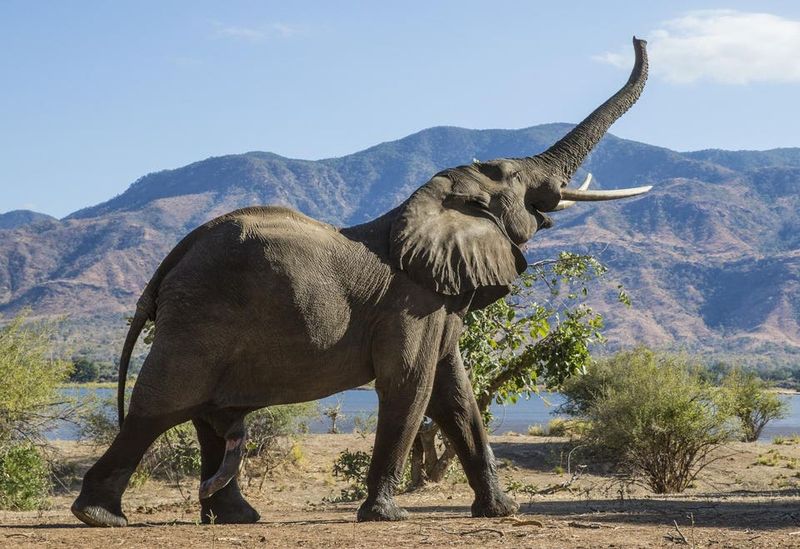
Elephants are known for their intelligence and emotional depth, but their trumpeting calls are equally remarkable. Reaching up to 117 decibels, these sounds are used for communication and signaling danger.
In the wild, a herd of elephants can be a concert of trumpets, creating a majestic soundscape. Their calls are integral to their social structure, reflecting their complex relationships.
Did you know? Elephants can communicate through low-frequency sounds called infrasound, which travel long distances. This ability showcases their unique adaptation to the open savanna.
Cicada

Cicadas are synonymous with summer, their chorus of buzzing defining the season. These insects can produce sounds up to 120 decibels, created by rapidly vibrating membranes called tymbals.
The sound serves multiple purposes, from attracting mates to deterring predators. It’s a fascinating example of nature’s use of sound in survival strategies.
Despite their loud calls, cicadas have a brief adult life, emerging only every few years. Their presence is fleeting, but their sound is unforgettable, a true emblem of the summer months.
Kakapo
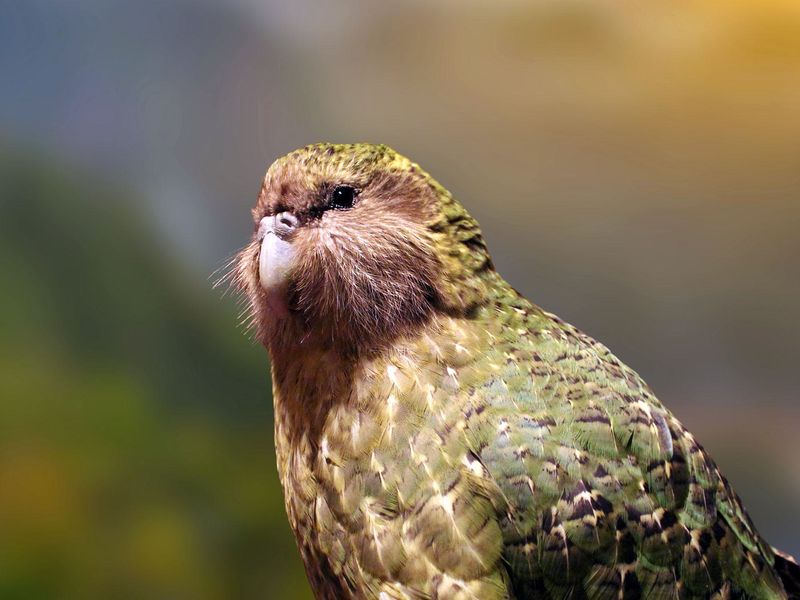
The kakapo, a flightless parrot from New Zealand, is known for its booming calls during mating season. Males produce low-frequency booms that resonate through the forest, reaching up to 132 decibels.
These calls are part of an elaborate courtship display, showcasing the kakapo’s unique mating rituals. Despite their volume, these birds are critically endangered, with conservation efforts ongoing.
Kakapos are nocturnal, adding to their mysterious allure. Their booming calls are a rare sound in the wild, a testament to the uniqueness of New Zealand’s fauna.
Lion
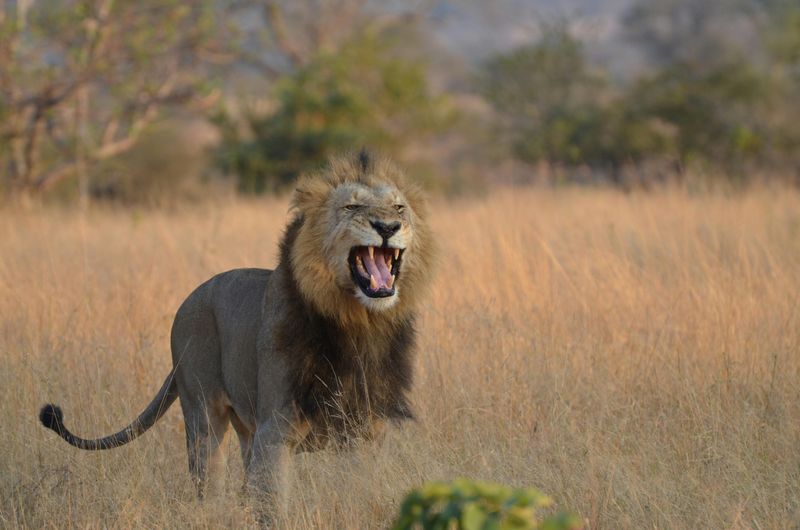
The lion’s roar is one of the most iconic sounds in nature, reaching up to 114 decibels. This powerful call can be heard over five miles away, a testament to the lion’s dominance in the animal kingdom.
Roaring serves multiple functions, from declaring territory to communicating with the pride. It’s an awe-inspiring sound that resonates with the lion’s regal presence.
These majestic creatures are a symbol of strength and courage. Their roars echo through the savanna, a reminder of the wild beauty and power of Africa’s landscapes.
Wolf
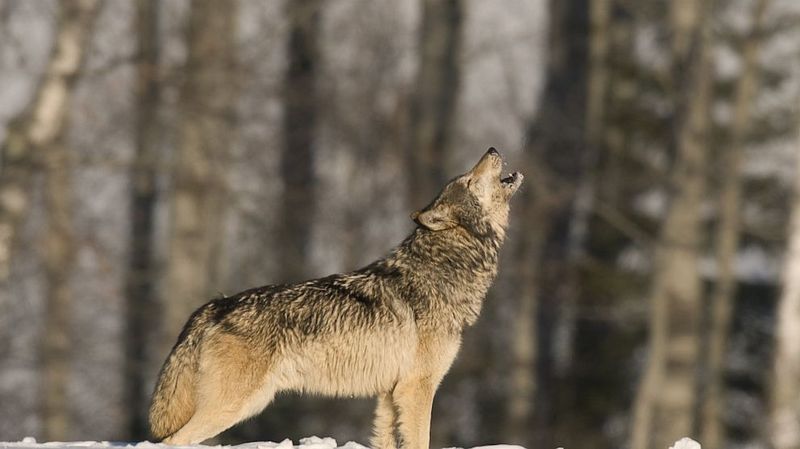
Wolves are known for their hauntingly beautiful howls, reaching up to 90 decibels. These calls are vital for communication within the pack, coordinating hunting and reinforcing social bonds.
A wolf’s howl is both a chorus and a declaration, echoing through the forest with a chilling resonance. It’s a sound that speaks of wilderness, untamed and free.
Did you know? Wolves can adjust the pitch of their howls to sound like a larger pack, a clever tactic to deter rivals. This adaptability highlights their intelligence and social complexity.
Bullfrog
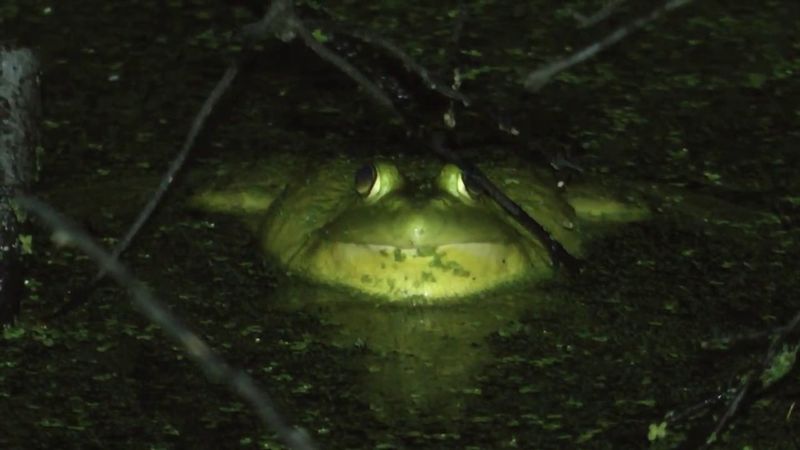
The bullfrog’s deep croak is a staple of wetlands, reaching up to 119 decibels. These calls serve to attract mates and establish dominance in their watery habitats.
Bullfrogs are opportunistic predators, their calls part of their territorial displays. The sound of bullfrogs croaking is synonymous with warm nights and murky waters.
Despite their loud croaks, bullfrogs are often elusive, blending into their surroundings with ease. Their calls are a reminder of the vibrant life within the wetlands, echoing through the night.
Hyena
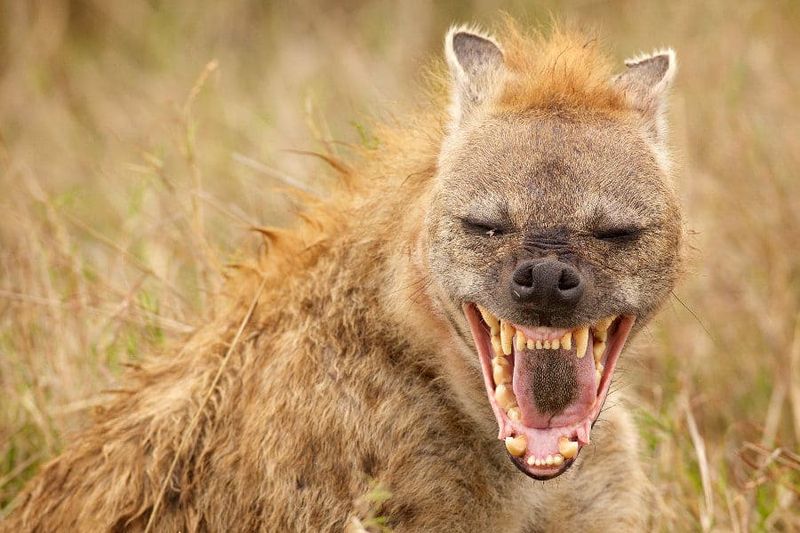
The hyena’s laugh is a unique sound in the African savanna, reaching 112 decibels. This vocalization serves as a communication tool within the clan, signaling social status and coordinating activities.
Hyenas are misunderstood creatures, often portrayed negatively despite their important ecological role. Their laughter is a complex language, reflecting their social dynamics and intelligence.
Hyenas are adept hunters, and their calls are a prelude to teamwork. Their presence in the savanna is vital, balancing the ecosystem with their scavenging and hunting prowess.
Peacock
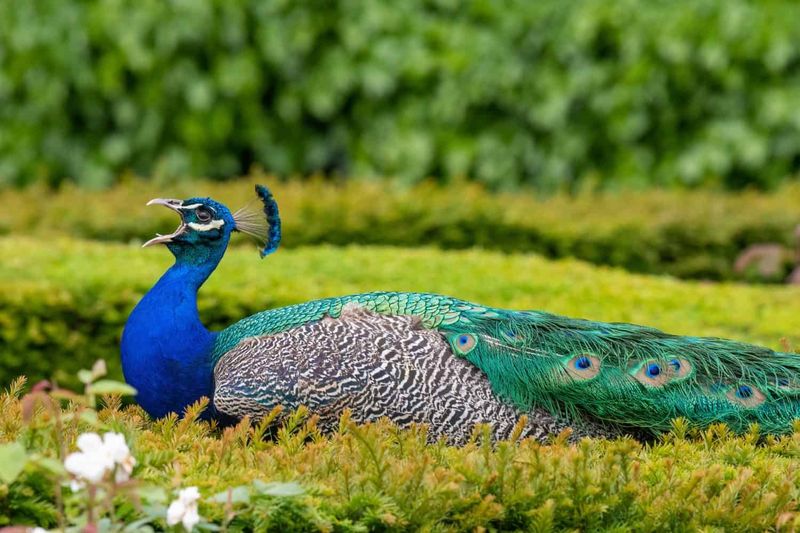
A peacock’s call is as striking as its colorful plumage, reaching up to 105 decibels. These calls are used during courtship, their volume matching the bird’s visual display of iridescent feathers.
Peacocks are symbols of beauty and grace, their calls echoing through gardens and forests. The sound is part of their allure, a complement to their extravagant appearance.
Did you know? Peacocks can shake their tail feathers to create a rustling sound, adding another layer to their courtship display. This multifaceted approach highlights their evolutionary success.
Coquí Frog
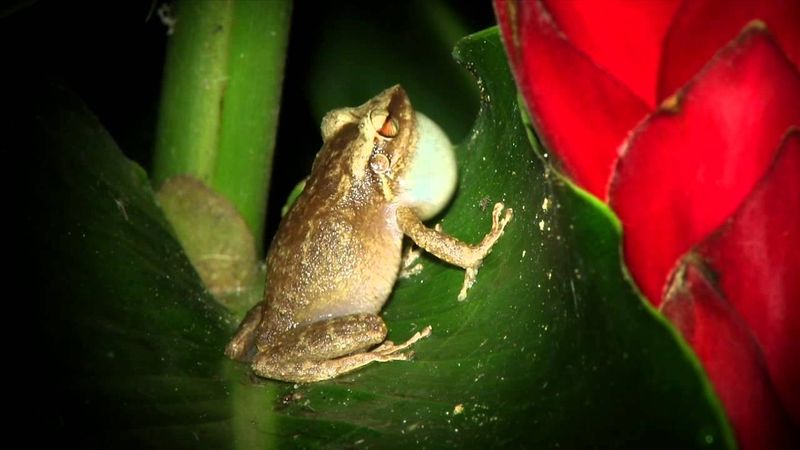
The coquí frog is a tiny symbol of Puerto Rican culture, known for its distinctive chirp reaching 100 decibels. This call is the male’s serenade to attract mates, a nightly melody in the island’s rainforests.
Coquís are beloved in Puerto Rico, their sound a reminder of home for many. Their calls are a part of the island’s natural symphony, heard as the sun sets and the night awakens.
Despite their small size, coquí frogs have a large presence in the ecosystems they inhabit. Their calls are a testament to their enduring cultural and ecological significance.
Barn Owl
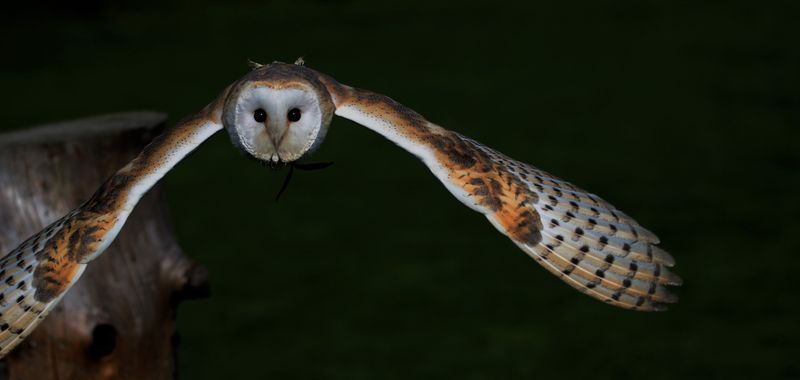
The barn owl is a master of stealth, hunting silently in the night. Its feathers are specially adapted to muffle sound, allowing it to glide silently towards its prey.
Despite their silent flight, barn owls are highly effective hunters. Their eerie screech is a rare sound, often heard only when communicating with mates or young.
Barn owls are symbols of mystery and wisdom, their ghostly appearance adding to their enigmatic allure. Their presence in folklore and culture highlights their impact on human imagination throughout history.
Leopard
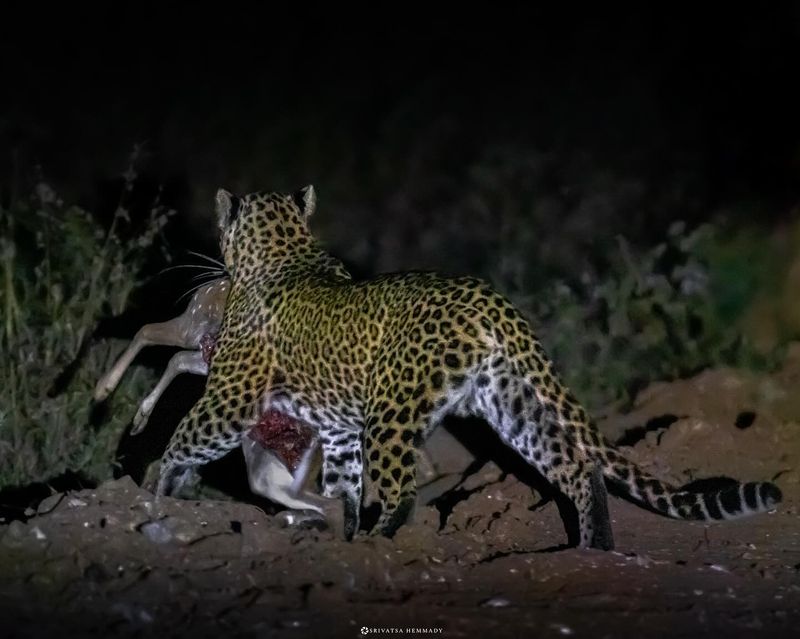
Leopards are the epitome of stealth, prowling through jungles with silent grace. Their padded paws allow them to move with barely a sound, an adaptation crucial for hunting.
These solitary hunters rely on surprise, stalking their prey with patience and precision. The absence of sound is their greatest weapon, making them effective predators in diverse environments.
Leopards are enigmatic and powerful, their presence often only revealed by the rustle of leaves. Their silent approach is legendary, earning them the title of “silent assassins” among the big cats.
Owl Butterfly
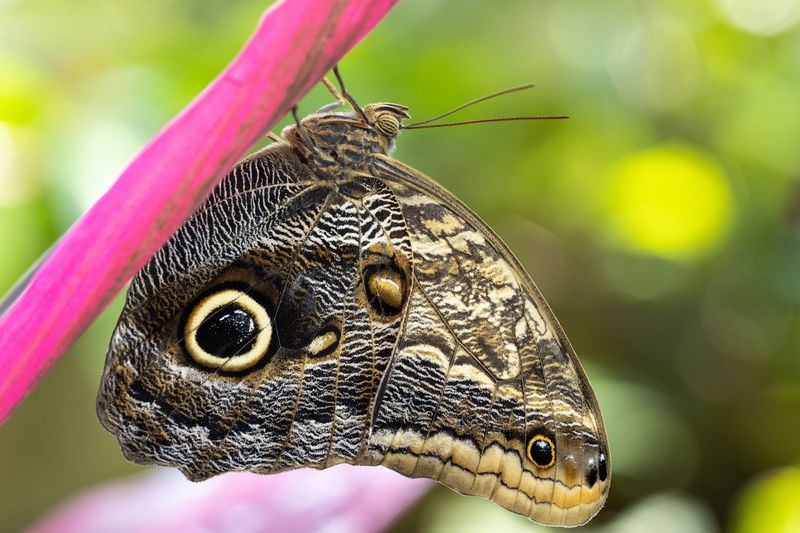
The owl butterfly is a master of disguise, moving silently through the underbrush. Its wings resemble the eyes of an owl, deterring predators while it feeds on fermenting fruit.
Despite its size, the owl butterfly’s flight is remarkably quiet, a testament to its evolved survival strategies. This silence allows it to blend seamlessly into its environment.
These butterflies are found in Central and South American rainforests, their presence a subtle part of the ecosystem. The owl butterfly’s silent elegance is a beautiful contrast to the vibrant life around it.
Giraffe
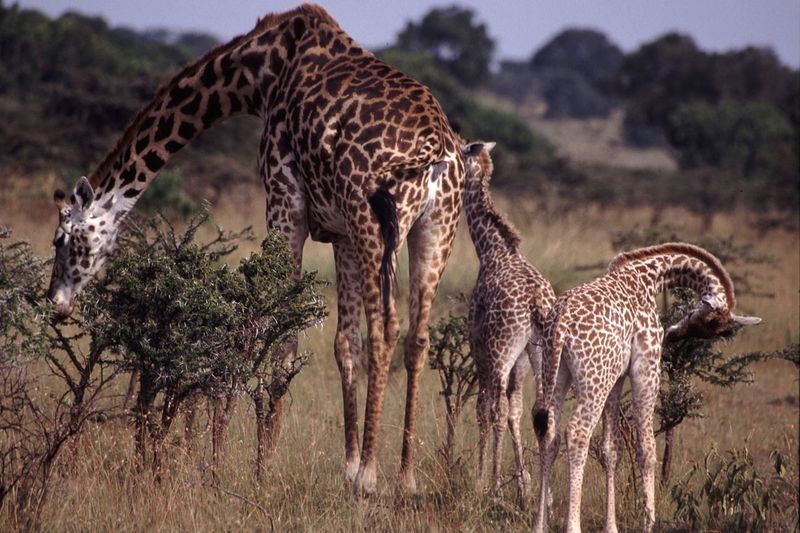
Giraffes are known for their towering height, but their silence is equally noteworthy. These gentle giants communicate through infrasonic sounds, often inaudible to human ears.
Their quiet demeanor is a stark contrast to the bustling life of the savanna. Giraffes move with a serene grace, their long necks swaying gently as they traverse their habitat.
Did you know? Despite their size, giraffes can run at speeds up to 35 miles per hour. This combination of speed and silence makes them unique inhabitants of the African landscape.
Snow Leopard
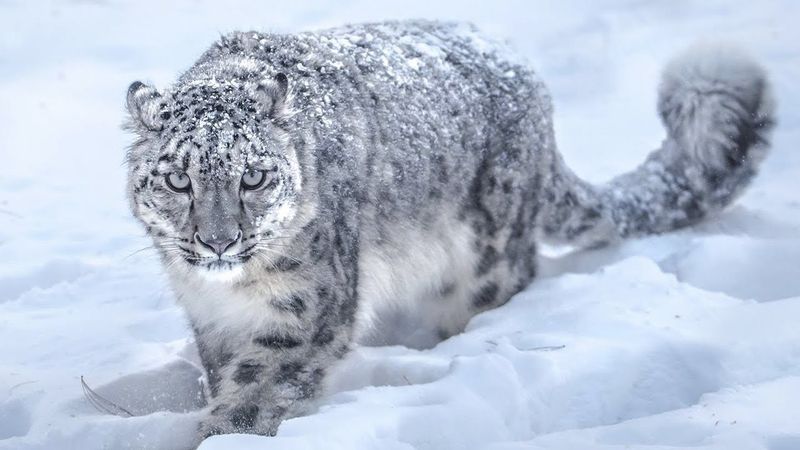
The snow leopard is a ghost of the mountains, moving silently across rocky terrain. Its thick fur and padded paws allow it to traverse snow-laden landscapes without a sound.
These elusive felines are masters of camouflage, their presence often only hinted at by tracks in the snow. Their ability to hunt in silence is a testament to their adaptation to harsh environments.
Snow leopards are symbols of mystery and resilience, their solitary lives spent in some of the world’s most rugged terrains. Their silent approach is a key to their survival in the wild.
Fox
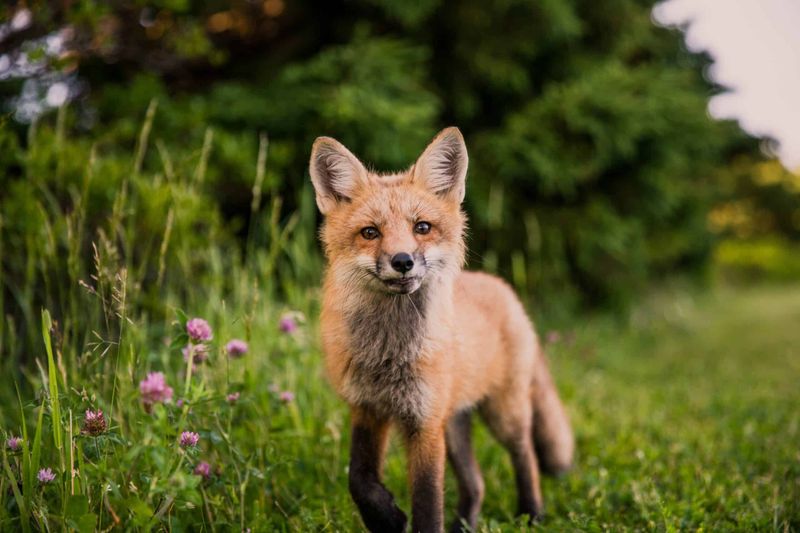
Foxes are known for their cunning and adaptability, moving silently through various habitats. Their light steps and keen senses make them adept hunters, able to catch even the most elusive prey.
A fox’s silent demeanor is a crucial part of its hunting strategy, allowing it to approach without alerting its target. This stealth is complemented by their sharp wit and playful nature.
Did you know? Foxes use their bushy tails for balance and communication, adding to their agility and charm. Their presence in folklore underscores their reputation as clever and resourceful creatures.
Mantis Shrimp
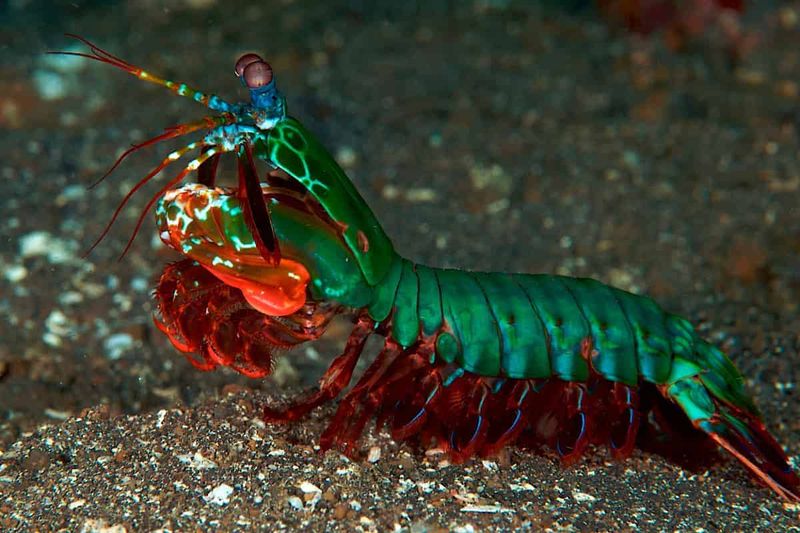
The mantis shrimp is a silent predator, striking with incredible speed and precision. Its club-like appendage accelerates faster than a bullet, delivering a lethal blow to prey.
Despite its explosive power, the mantis shrimp moves quietly through the reef, its vivid colors blending with the coral. This combination of stealth and strength makes it a formidable hunter.
These fascinating creatures are known for their complex eyes, capable of detecting polarized light. The mantis shrimp’s silent approach is a perfect blend of beauty and lethality in the underwater world.
Chameleon
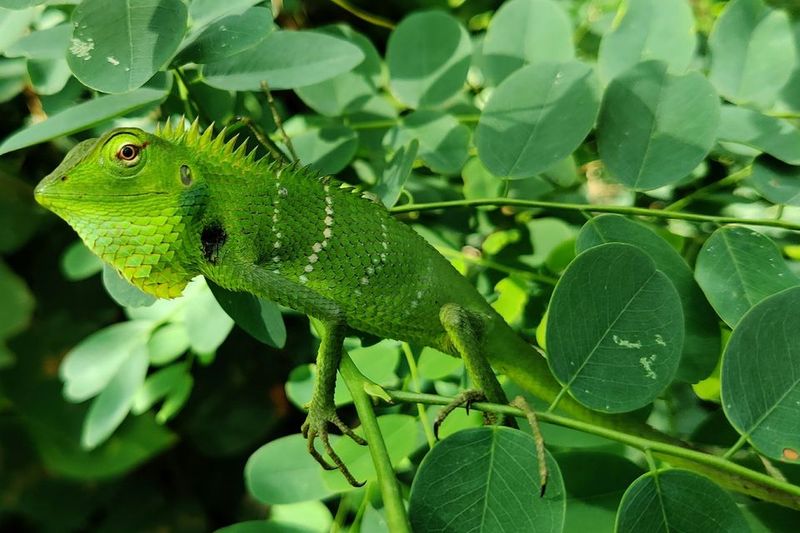
Chameleons are the masters of camouflage, blending seamlessly into their surroundings. Their ability to change color allows them to move through their environment without detection.
Despite their vibrant colors, chameleons are remarkably silent. Their slow, deliberate movements and keen eyesight aid in their stealthy approach to prey.
Did you know? Chameleons can move their eyes independently, giving them a 360-degree view. This unique adaptation enhances their ability to remain undetected, making them effective silent hunters in the treetops.
Polar Bear

Polar bears are the silent giants of the Arctic, moving with stealth across ice and snow. Their padded paws distribute weight evenly, allowing them to approach prey without a sound.
These apex predators rely on surprise, stalking seals with patience and precision. Their silent approach is a key to their survival in the harsh Arctic environment.
Polar bears are symbols of strength and adaptability, their lives intertwined with the rhythms of the ice. Their presence in the Arctic is a testament to the resilience of life in extreme conditions.
Shark
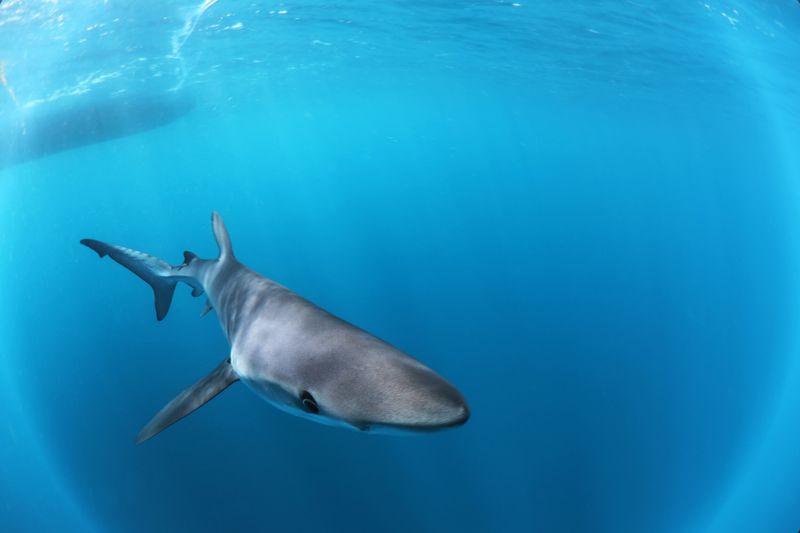
Sharks are the silent hunters of the sea, gliding through water with minimal disturbance. Their streamlined bodies and keen senses make them efficient predators, often unseen until the last moment.
The silence of a shark’s approach is legendary, a chilling reminder of the ocean’s hidden dangers. This quiet movement is a key to their hunting success, allowing them to ambush prey with precision.
Did you know? Sharks have a unique ability to detect electric fields, aiding in their silent hunt. Their presence in the ocean is a testament to the adaptability and power of marine life.

